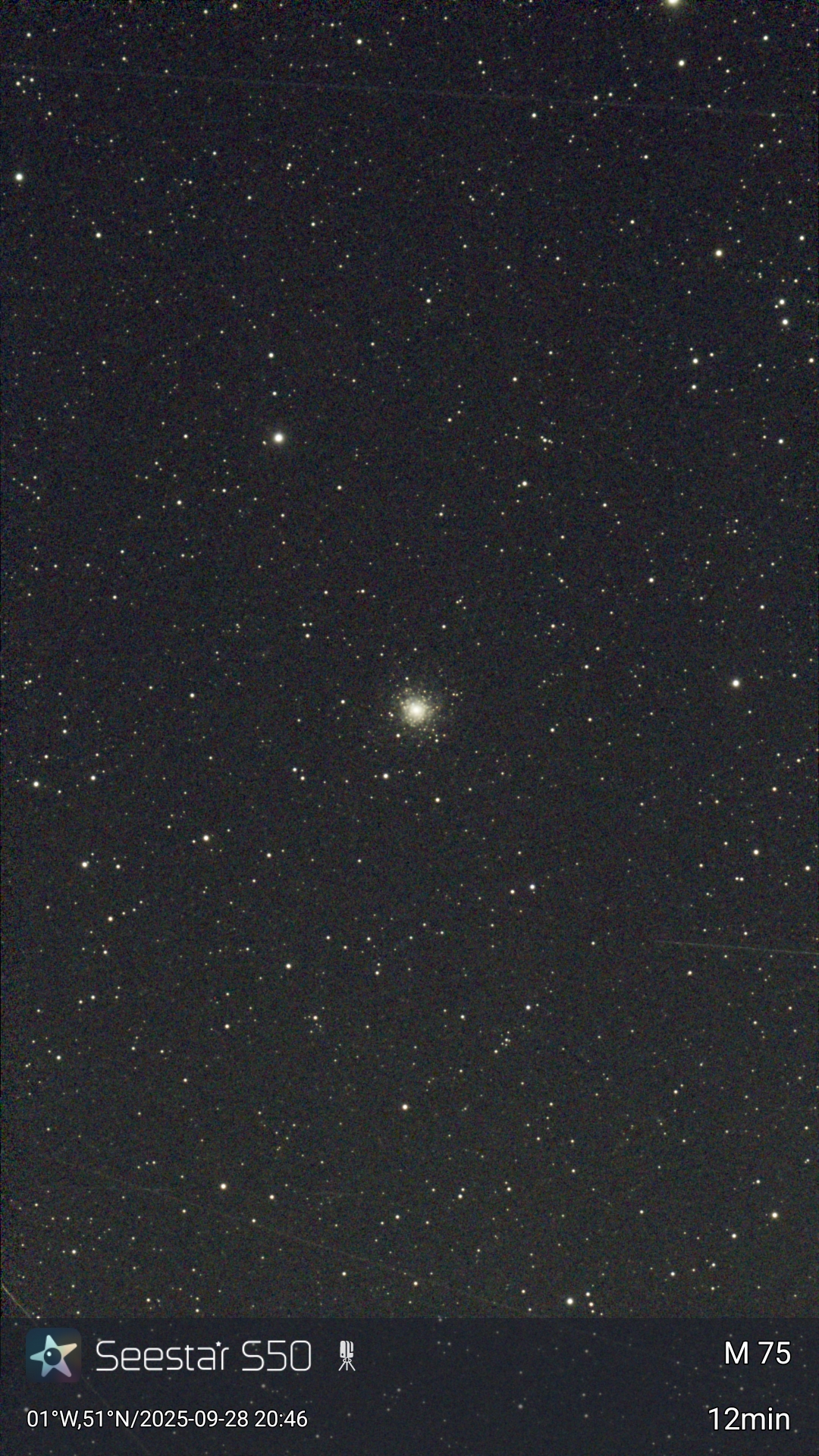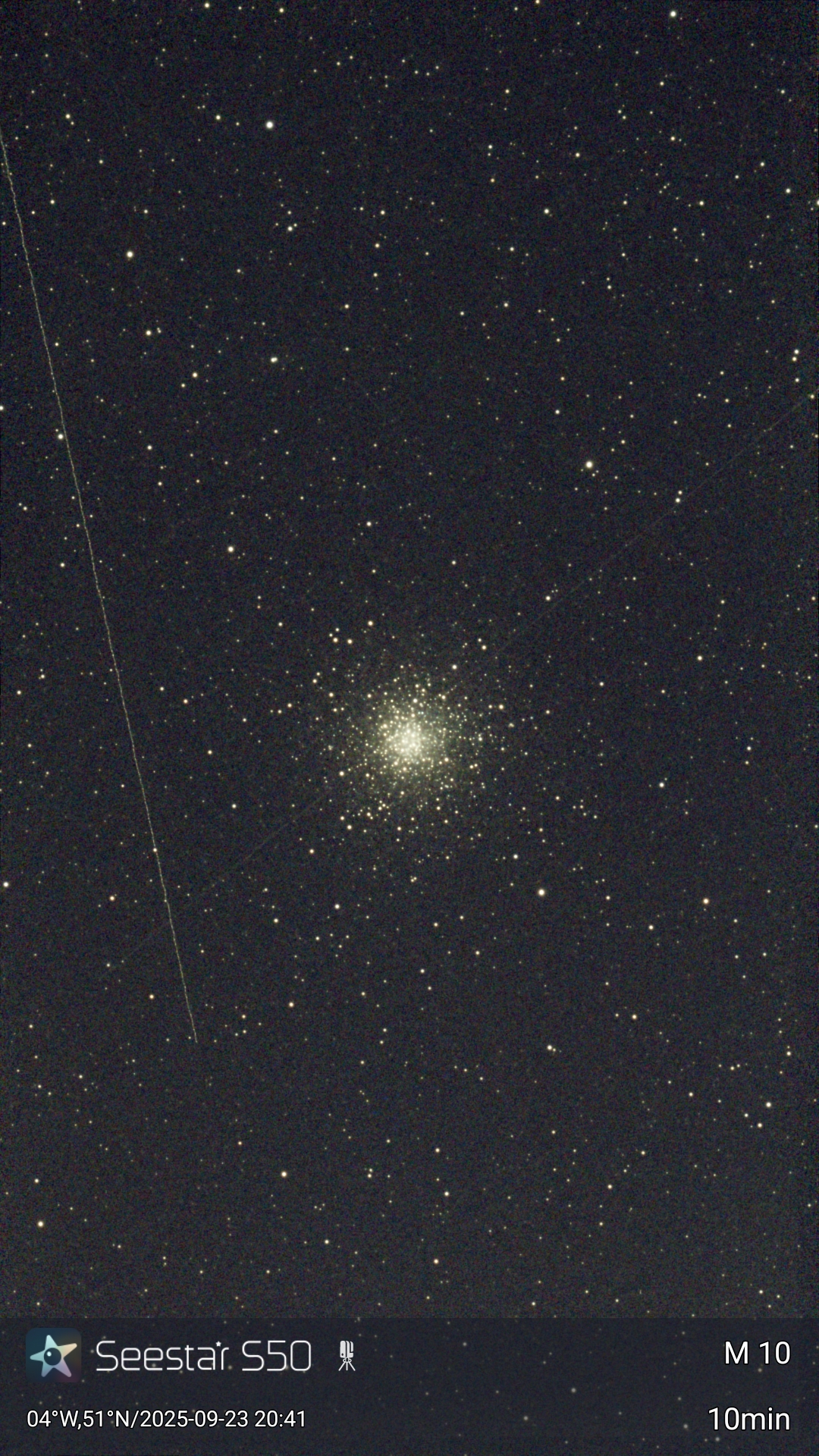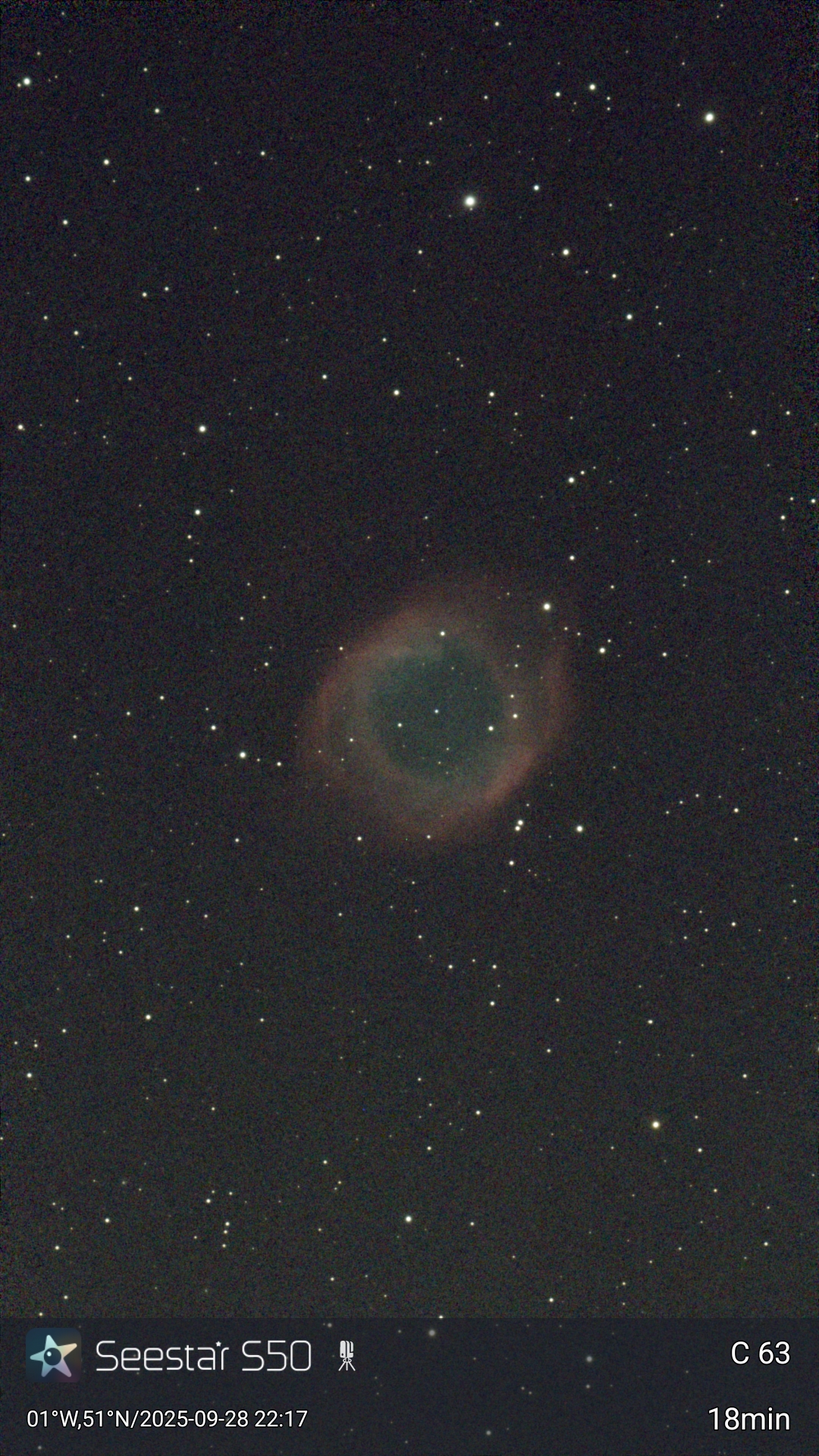
I put the word out that I was going to have a session but one would join me for the evening, after getting permission from Phil to use his farm at Nebo, I had my Meade LX90 telescope with a 14mm Pentax XW eye piece set up and ready by 20:05. The guide stars for the evening were Arcturus and Vega, the weather was good to me, temperature was around 10 °C with no wind but some cloud to the south west horizon, the area I had hoped to view!
This time of the year is prime globular cluster (GC) season with a lot in the constellations of Sagittarius and Ophiuchus.
To start with I would be going to the solar system and Saturn which I could make out in the south-eastern sky. The ringed wonder planet was bright to look at, around magnitude (Mag) 0.6, I could make out the second largest moon in the solar system, namely Titan to the east of the planet.
Not far away is Neptune, the last known planet in our solar system but unfortunately I could not make it out, might not have been dark enough to view the planet, will try later? Off to the hunt of GC’s for the evening starting with Messier (M) 55, this is the only Messier object (of 15) in Sagittarius I did not see when I was looking at this constellation back in late August. M 55 was a faint fuzzy blob (FFB) to look at, it was hard to see. Did not help being only 9 ° above the horizon at this time with a Mag of 7.
On the border with Capricornus is M 75, a faint blob (FB) with a bright core, this is a small GC to look at. Into Aquarius and M 30, another FFB to look at and hard to see, being only 13 ° up does not help.

